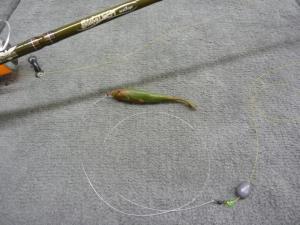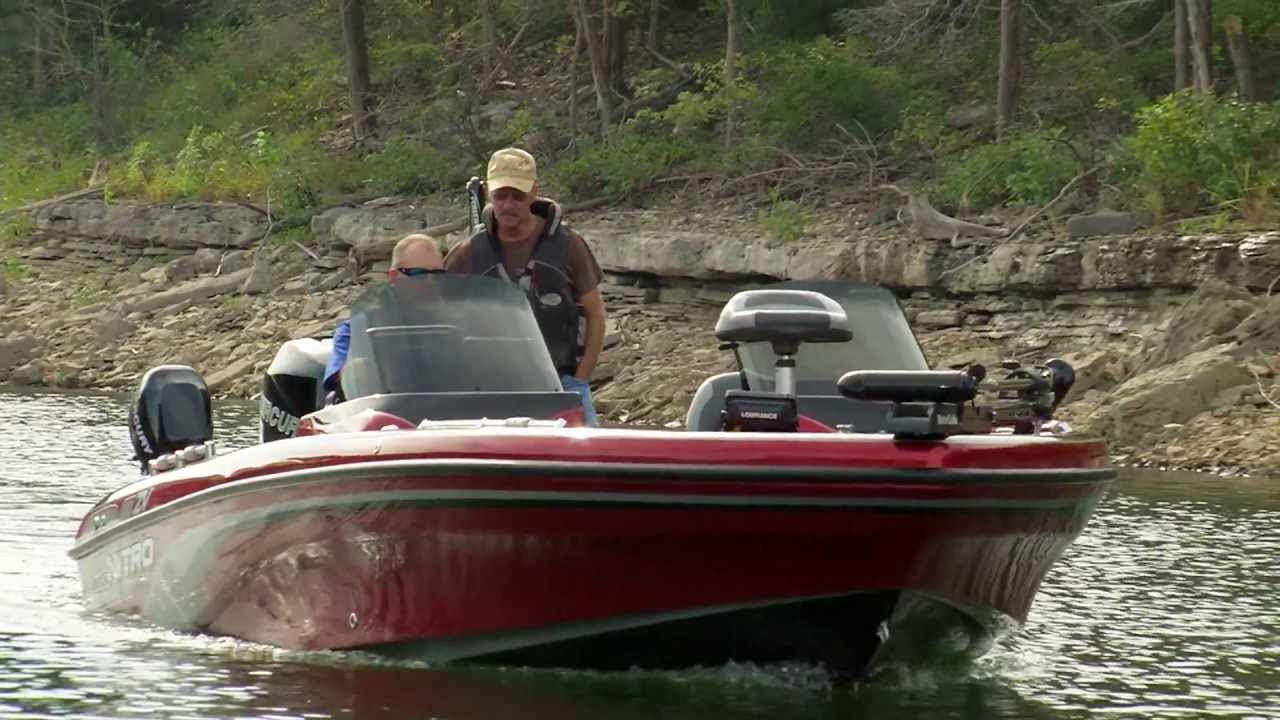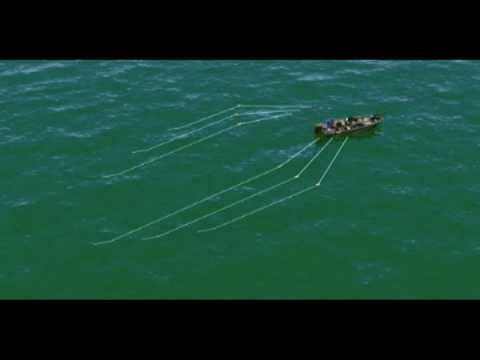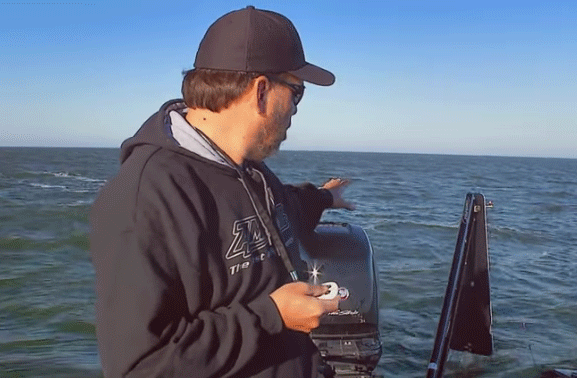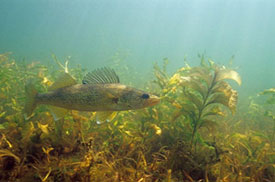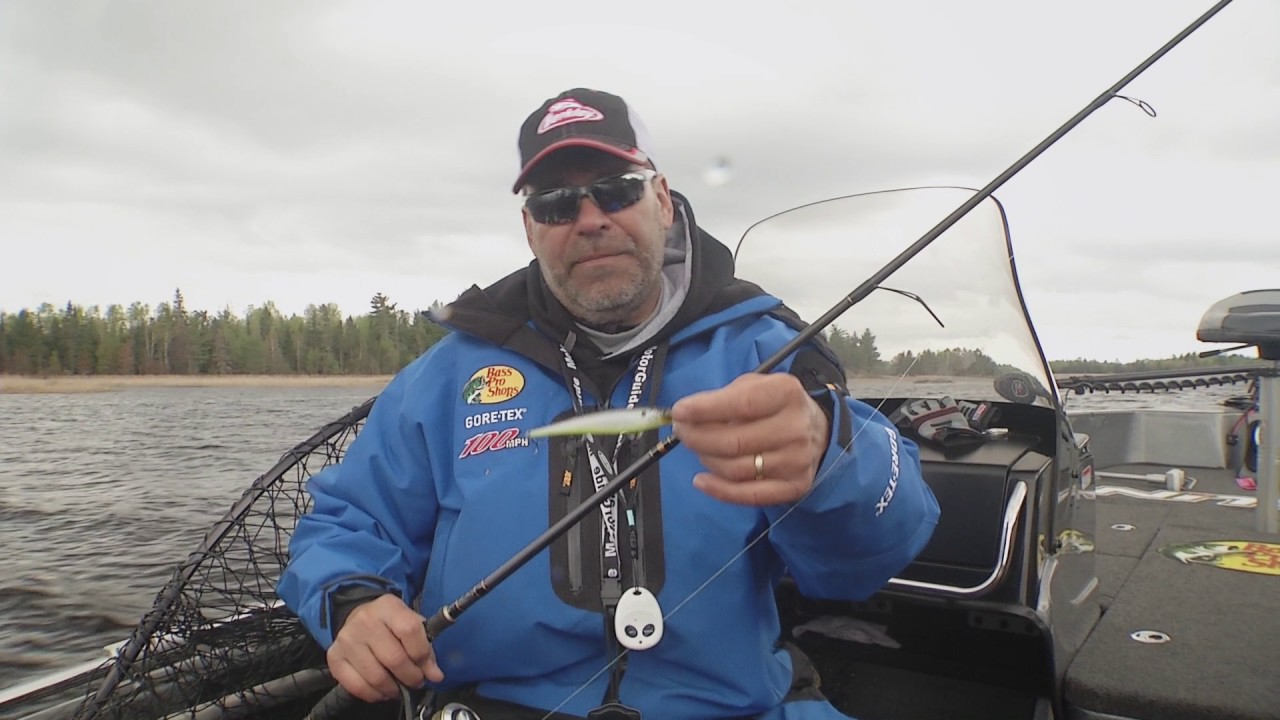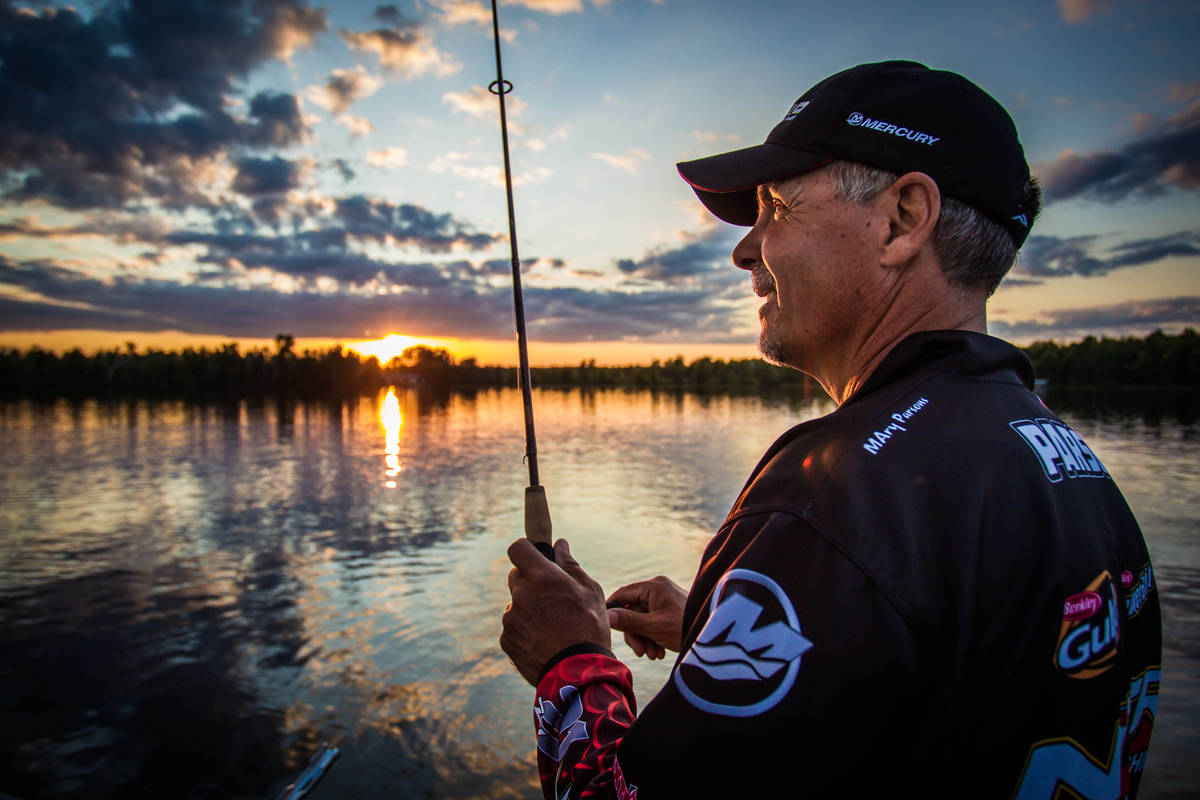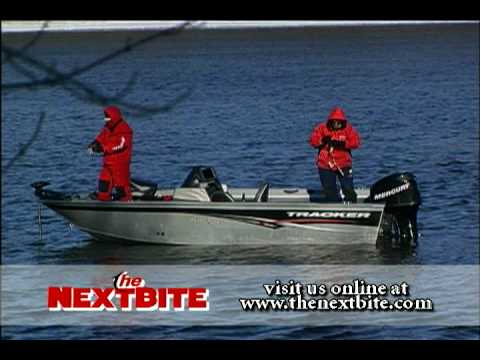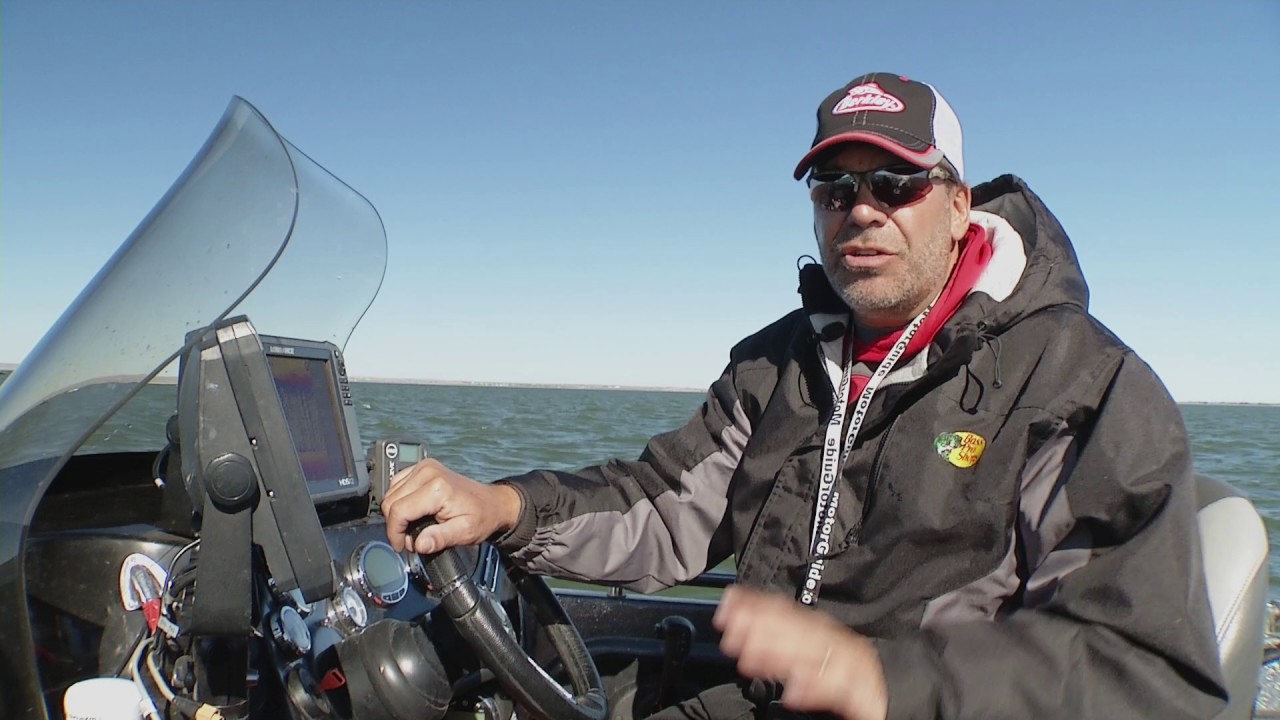So what’s the best way to catch walleyes on lakes and reservoirs whne they are in that transition period between Spring and Summer? That’s a tough one … the problem being that this time of year can be a time when virtually every tactic in your arsenal will catch fish under the right circumstances. That may make it sound easy, but the key here is “under the right circumstances”. Picking the right presentation for the given situation when you have so many options can play mind-games with the best of anglers.
Total Solutions Technique
Let’s look at a very common scenario found on both natural lakes and reservoirs throughout walleye country. It’s a perfect, calm and sunny spring day. You’ve found a primary drop off that goes from eight feet down to twelve off a large flat with scattered weeds along the top edge. The break runs pretty well defined for about a hundred yards, so you start off working along it with bottom bouncers and spinners.
Things aren’t looking very promising for the first fifty yards, then “bang” … you catch a nice sixteen incher. Thinking you’re on to something you continue on. Another thirty yards you go untouched and then “bang” … another decent fish. You could go all day like that but you decide to turn around and go back through the area. This time you pay close attention to your electronics, and notice that the spots those fish came from were two small hard-bottom points that jut out into deeper water. These irregularities in the break are classic fish holding structures. While you could keep trolling back and forth with the spinners, and probably pick up a few more fish, you’ll risk spooking those fish off and be forced to start looking all over again. A better plan of attack would be to put away the bouncer rod, pick up a jig stick and try pitching small jigs tipped with a minnow or an artificial tail to those isolated spots on the break.
Total Solutions Equipment
This “search and then target” approach takes 2 types of gear; bottom bouncer outfits and jig-pitching gear. A good quality set-up for bottom bouncer rigging would include a 6’6″ to 7′ medium action baitcast rod and reel combo spooled with 10 pound test Berkley® Trilene® Sensation® tied to a bouncer rigged with a spinner harness tied with 14 pound test Berkley® Trilene® XT and a couple super sharp live bait hooks.
For pitching jigs, the same spinning reel you’d use for vertical jigging will do just fine, but a little heavier line such as eight or ten pound test Berkley® FireLine® or eight pound test Berkley® Trilene® Sensation® will give you the extra strength to pull the fish out of the cover. This is also a situation where a longer rod comes in real handy. A seven foot medium action spinning rod helps in making accurate, pitching type casts and is just the right length for working the small jigs in and out of holes in the weeds. The extra length is also beneficial for getting good hook sets and pulling fish from cover.On the business end, a small jig tipped with a Berkley 3 inch Gulp Fry, a Berkley® 3 inch GULP!® Minnow or a Berkley PowerBait Ripple Shad in the 3 or 4 inch size tops my list of baits. These types of scent impregnated artificials are very effective for walleyes and they stay on the hook better than live bait when you’re pulling them through weed cover. One tip here: When fishing with plastics, it is often beneficial to go with a slightly heavier jig (one eighth to one quarter ounce) and give the lure a bit more “pop” on the retrieve. The enhanced action adds to the attraction and triggering capabilities of the presentation.

